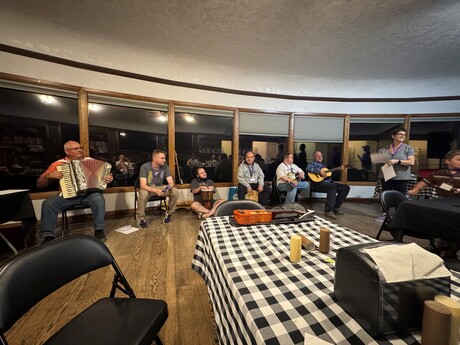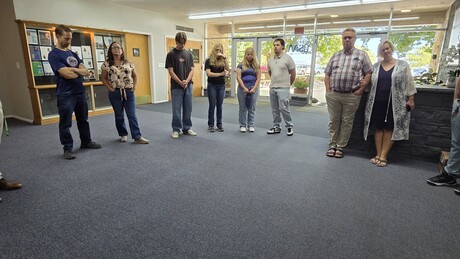A siren screams. Then two. "Smoke" billows into the hallway of an abandoned school building. Groaning comes from a body crumpled against the wall, with obvious signs of a gunshot wound.
The Lemhi County Emergency Response staged a terrorist attack drill on April 1 (appropriately) in the city of Salmon, Idaho.
Among the 120 volunteers were emergency services personnel, including the Salmon Seventh-day Adventist CERT (Citizens Emergency Response Team), who handled logistics for the event, and teachers with three of their students from the Salmon Adventist School participating as "victims."
Janet Nelson, county emergency services coordinator, reported the Seventh-day Adventist CERT was "awesome" in their performance.
"Nelson said the drill could not have been carried out successfully without the CERT assistance. ‘They did a great job,'" she reported to The Recorder Herald, April 5, 2007.
How did the Adventist CERT come about? Following Hurricane Katrina, Jay Davis, safety officer for the Salmon Church, realized that he could not go help the victims without proper training, so he decided to attend an eight-hour training session with Adventist Community Services Disaster Response. He then invited eight more church members to train with Janet Nelson, county emergency services coordinator, for 30 more hours. Team members participated in fire extinguisher and first aid training, as well as logistics. In logistics the team receives calls for supplies (blankets, stretchers, ambulances or fire trucks) which they in turn dispatch to the appropriate organization.
"This is really valuable," Nelson commented later, "because usually individuals who train for CERT just do so for themselves, so they will be prepared in case of a disaster. But now I'll have a team I can call on locally who can respond to others in the community in case we have a disaster."
Why a church team? Davis sees this as a prime opportunity to cooperate in the kind of healing ministry Jesus had while He was on earth.
"One of our main responsibilities in a disaster is to comfort folks who are in emotional and physical pain—just respond to their needs," he explains. "When you've helped people out during a traumatic time, chances are you'll have a tie with them—which could lead to an opportunity to witness further."







